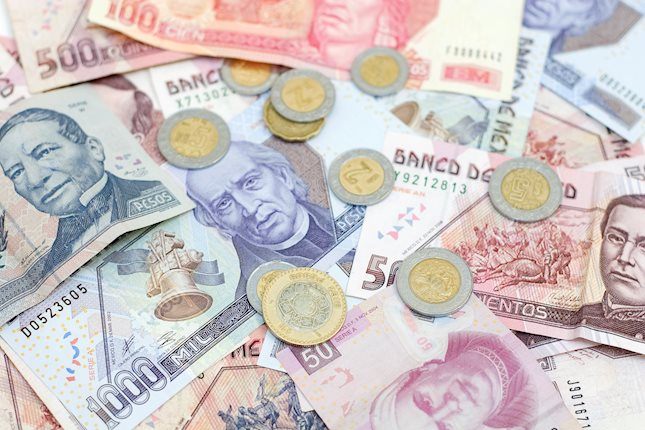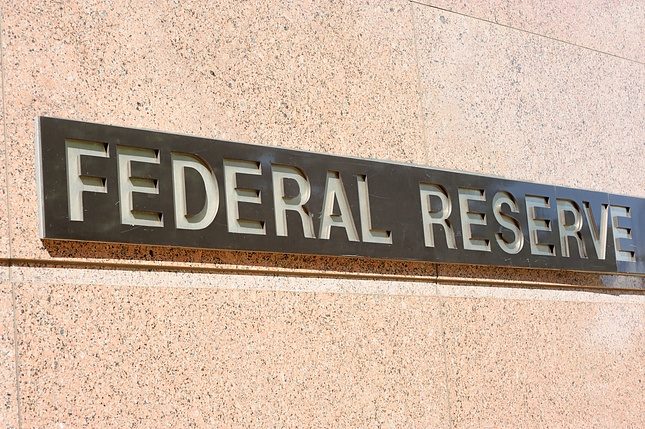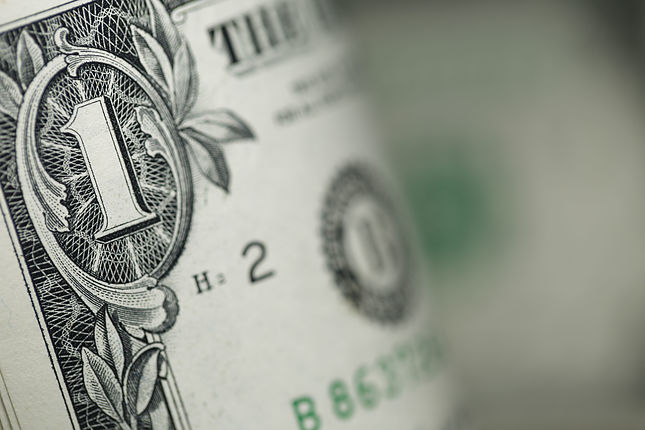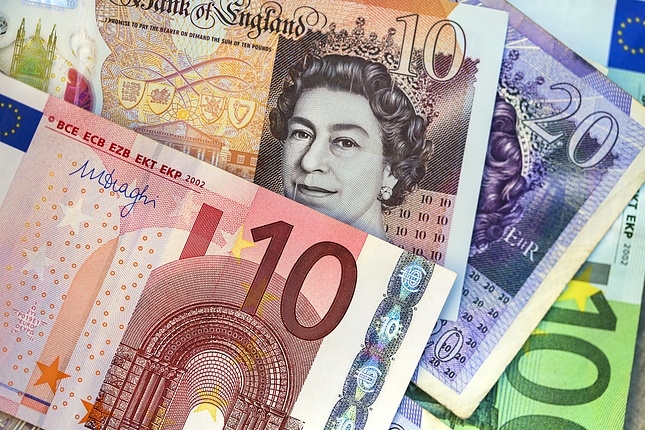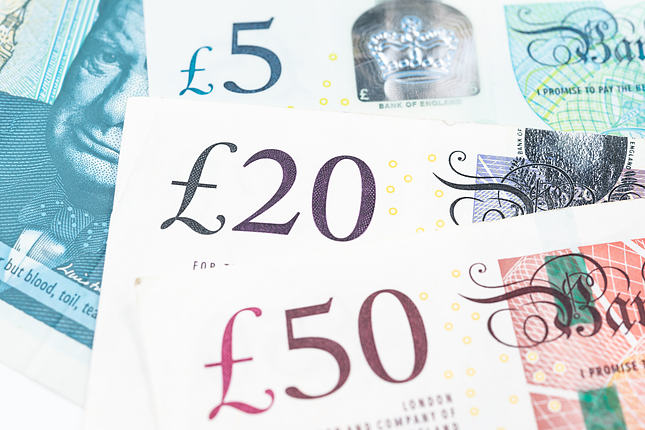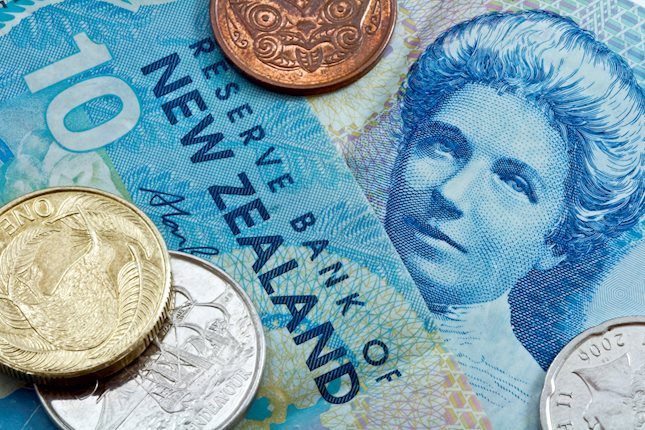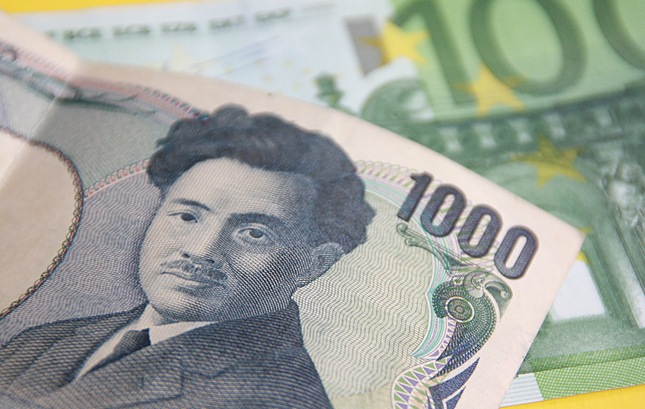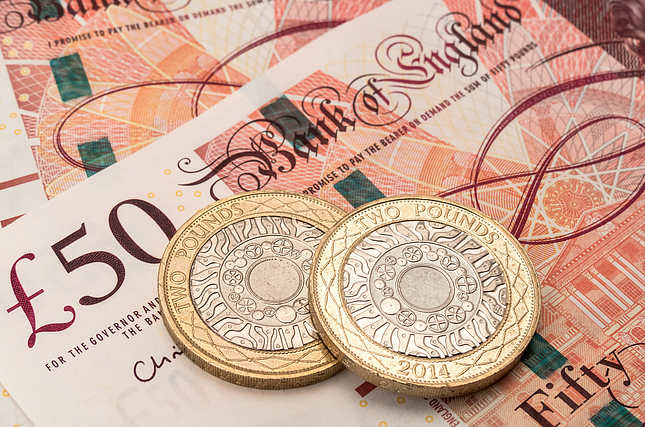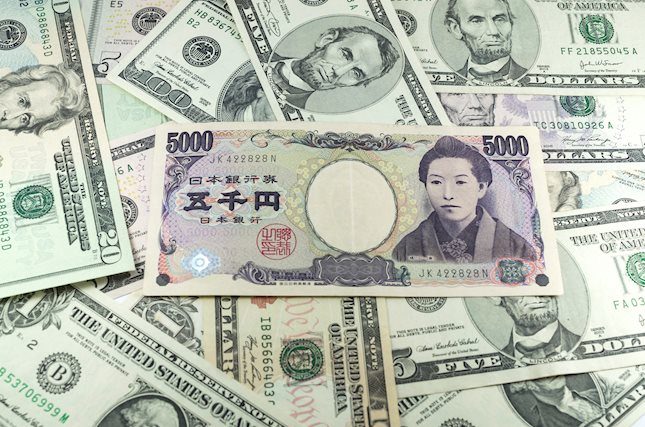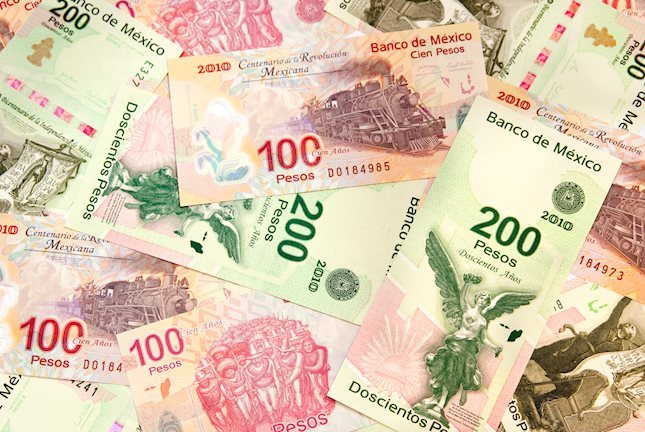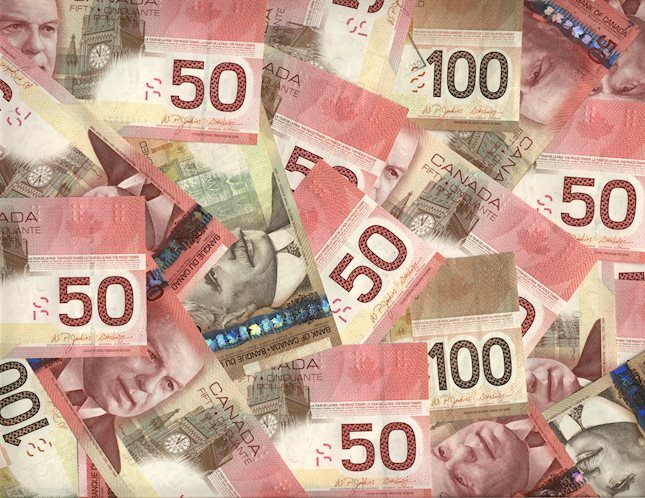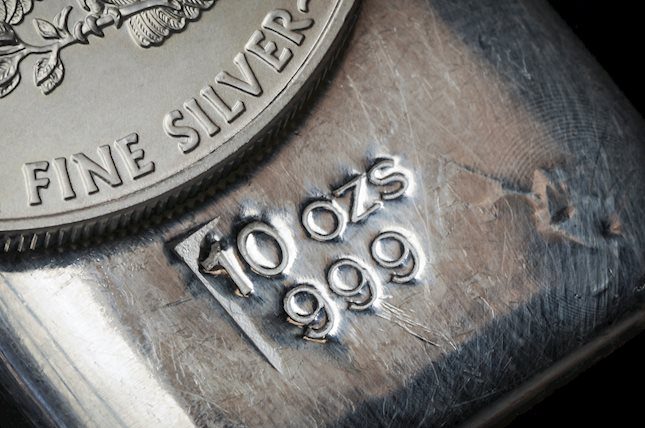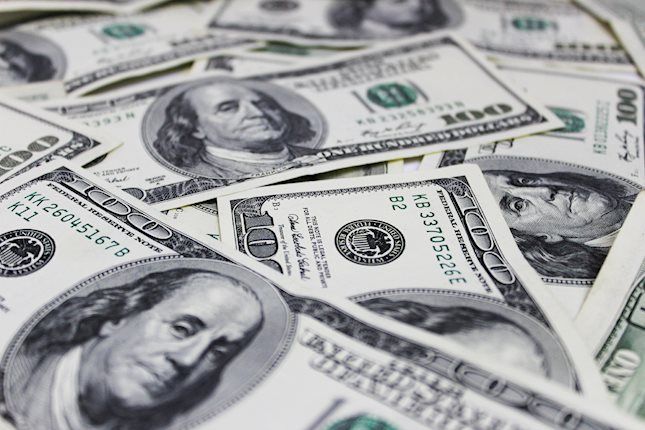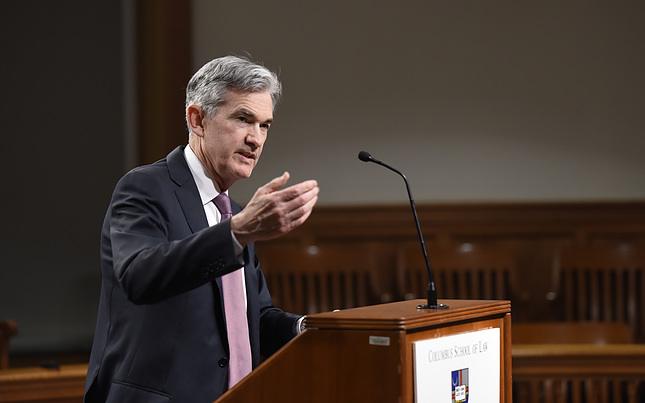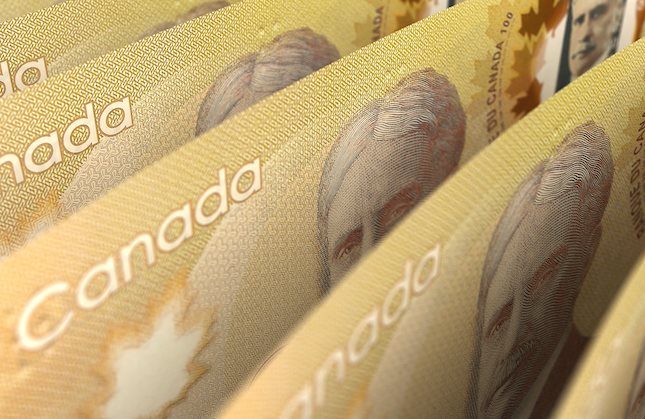-
Opps!
This language contents are not available!
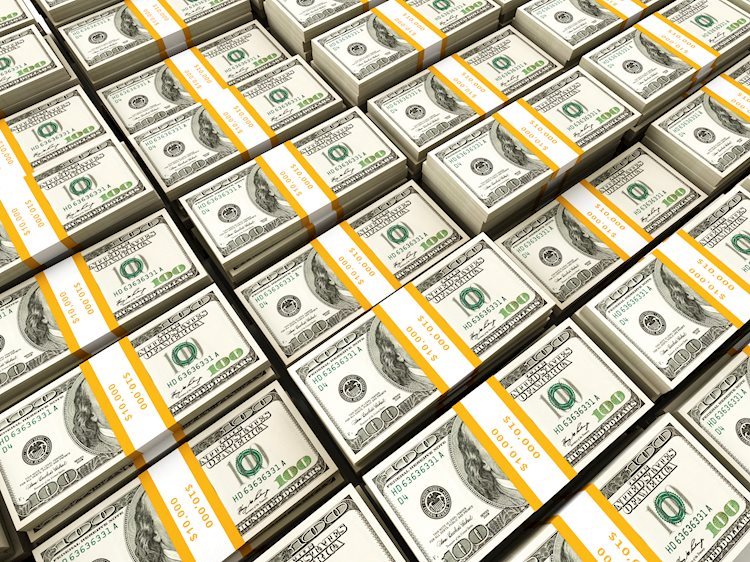
US Dollar held its ground after mixed NFPs
- US Dollar recovers ground after mixed August Nonfarm Payrolls data.
- Fed official downplayed discussions of a larger rate cut in September than 25 bps.
- Markets are seeing 40% odds of a 50 bps cut in the next Fed meeting.
The US Dollar Index (DXY), a measure of the US Dollar against a basket of six currencies, recovered its footing on Friday after the release of August Nonfarm Payrolls (NFP) data came in mixed. Following the data, the probabilities of the Federal Reserve (Fed) implementing a 50 bps rate cut in September remains high, but Fed officials might not embrace it yet.
Despite positive economic indicators, the market may be exaggerating its expectations for aggressive monetary policy easing. The current growth rate exceeds the long-term trend, signaling that markets may be overestimating the need for such measures. However, a 25 bps cut is a done deal.
Daily digest market movers: US Dollar recovers as markets digest mixed NFPs
- US Dollar held its ground after a weaker-than-expected NFP report for August, which showed 142,000 new jobs created against a forecast of 160,000.
- Despite the headline miss, the Unemployment Rate fell to 4.2% as anticipated, while Average Hourly Earnings rose 3.8% YoY, topping expectations.
- Probability of a 0.50% rate cut by the Fed in September remains at 40%, but a 25 bps cut is now seen as a mere certainty.
- Following the data, Chicago Fed President Austan Goolsbee indicated that the Fed is beginning to align with the market's view on rate cuts.
- However, Goolsbee downplayed the discussion of a larger rate cut in September.
DXY technical outlook: DXY bears maintain dominance, resistance at 101.60
Technical analysis suggests a bearish outlook for the DXY index as indicators remain negative, indicating bearish dominance. A recovery above the 20-day SMA average (currently around 101.60) could signal a shift in sentiment.
Supports: 101.30, 101.15, 101.00
Resistances: 101.60, 102.00, 102.30
Interest rates FAQs
Interest rates are charged by financial institutions on loans to borrowers and are paid as interest to savers and depositors. They are influenced by base lending rates, which are set by central banks in response to changes in the economy. Central banks normally have a mandate to ensure price stability, which in most cases means targeting a core inflation rate of around 2%. If inflation falls below target the central bank may cut base lending rates, with a view to stimulating lending and boosting the economy. If inflation rises substantially above 2% it normally results in the central bank raising base lending rates in an attempt to lower inflation.
Higher interest rates generally help strengthen a country’s currency as they make it a more attractive place for global investors to park their money.
Higher interest rates overall weigh on the price of Gold because they increase the opportunity cost of holding Gold instead of investing in an interest-bearing asset or placing cash in the bank. If interest rates are high that usually pushes up the price of the US Dollar (USD), and since Gold is priced in Dollars, this has the effect of lowering the price of Gold.
The Fed funds rate is the overnight rate at which US banks lend to each other. It is the oft-quoted headline rate set by the Federal Reserve at its FOMC meetings. It is set as a range, for example 4.75%-5.00%, though the upper limit (in that case 5.00%) is the quoted figure. Market expectations for future Fed funds rate are tracked by the CME FedWatch tool, which shapes how many financial markets behave in anticipation of future Federal Reserve monetary policy decisions.
Forex News
Keep up with the financial markets, know what's happening and what is affecting the markets with our latest market updates. Analyze market movers, trends and build your trading strategies accordingly.
